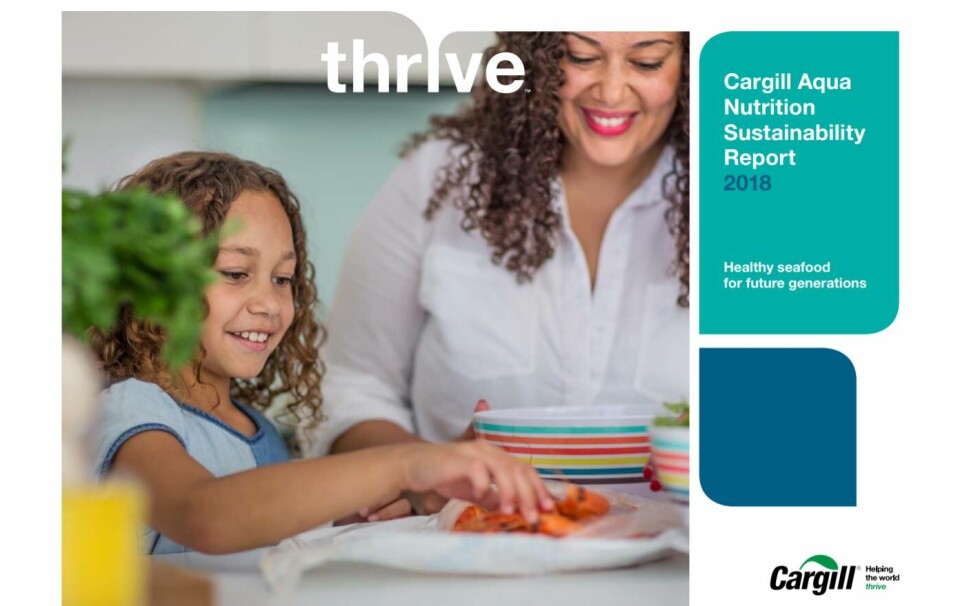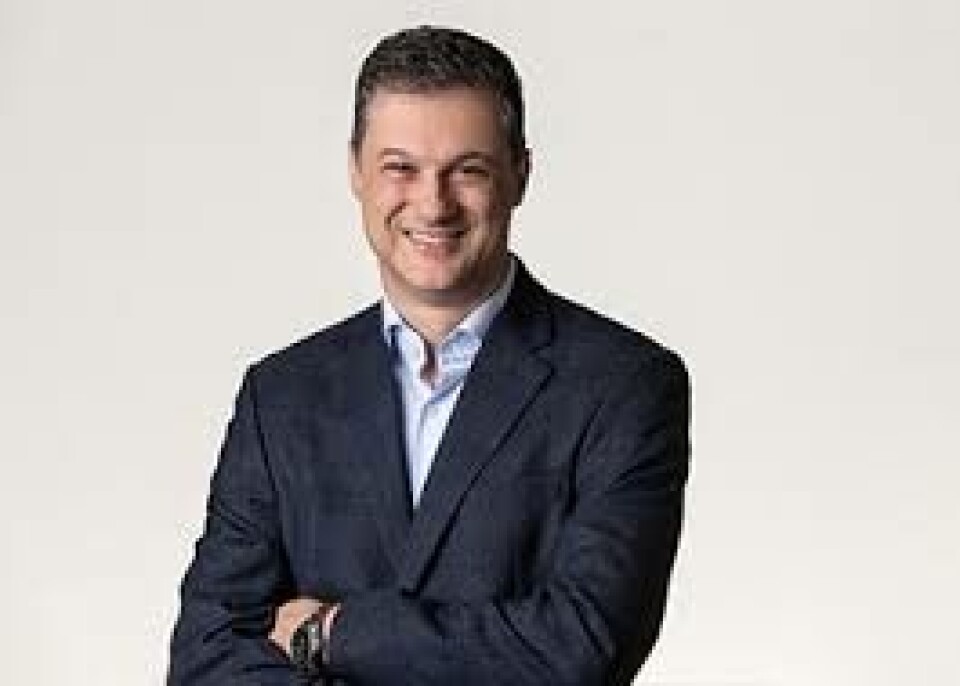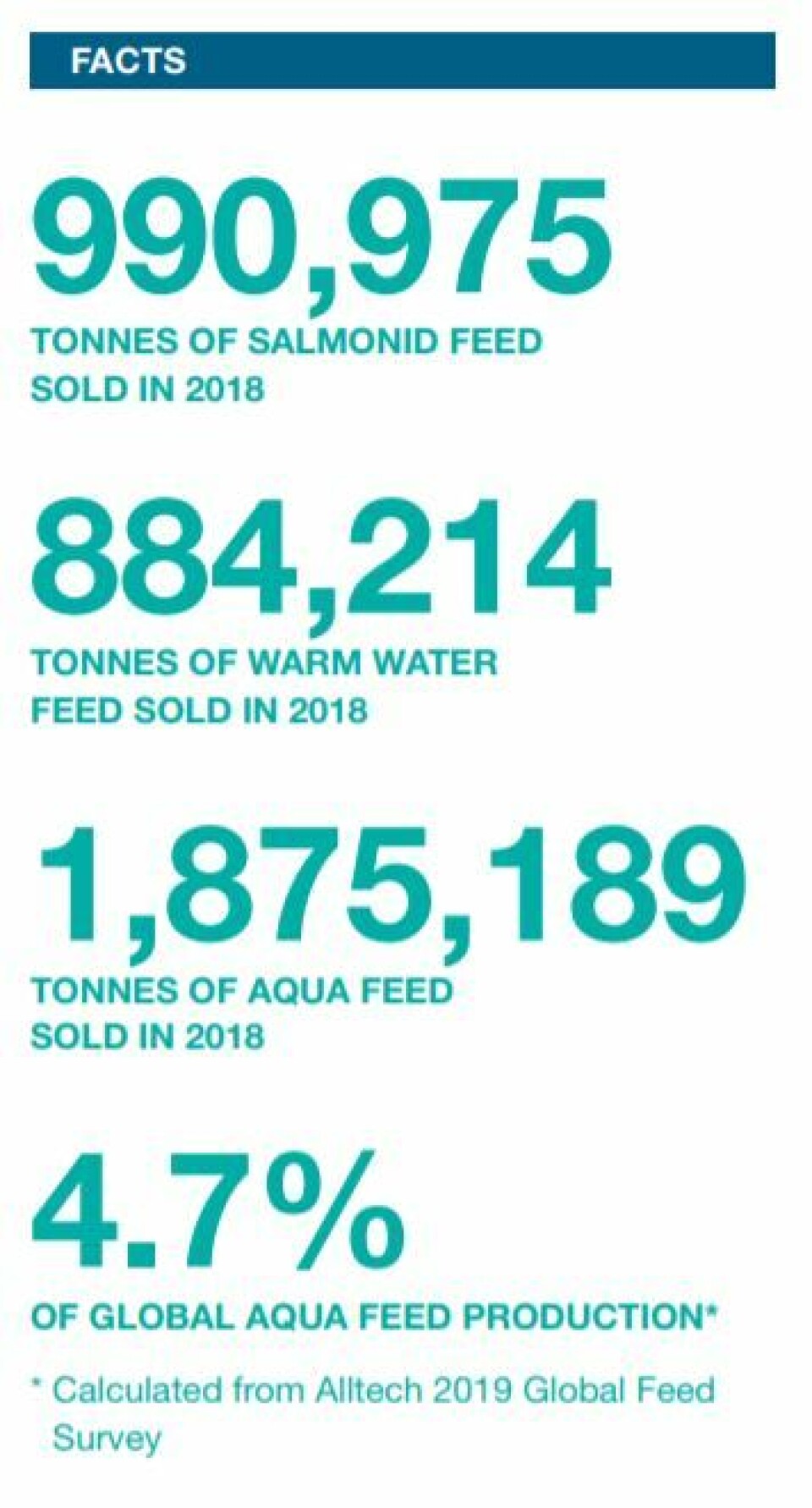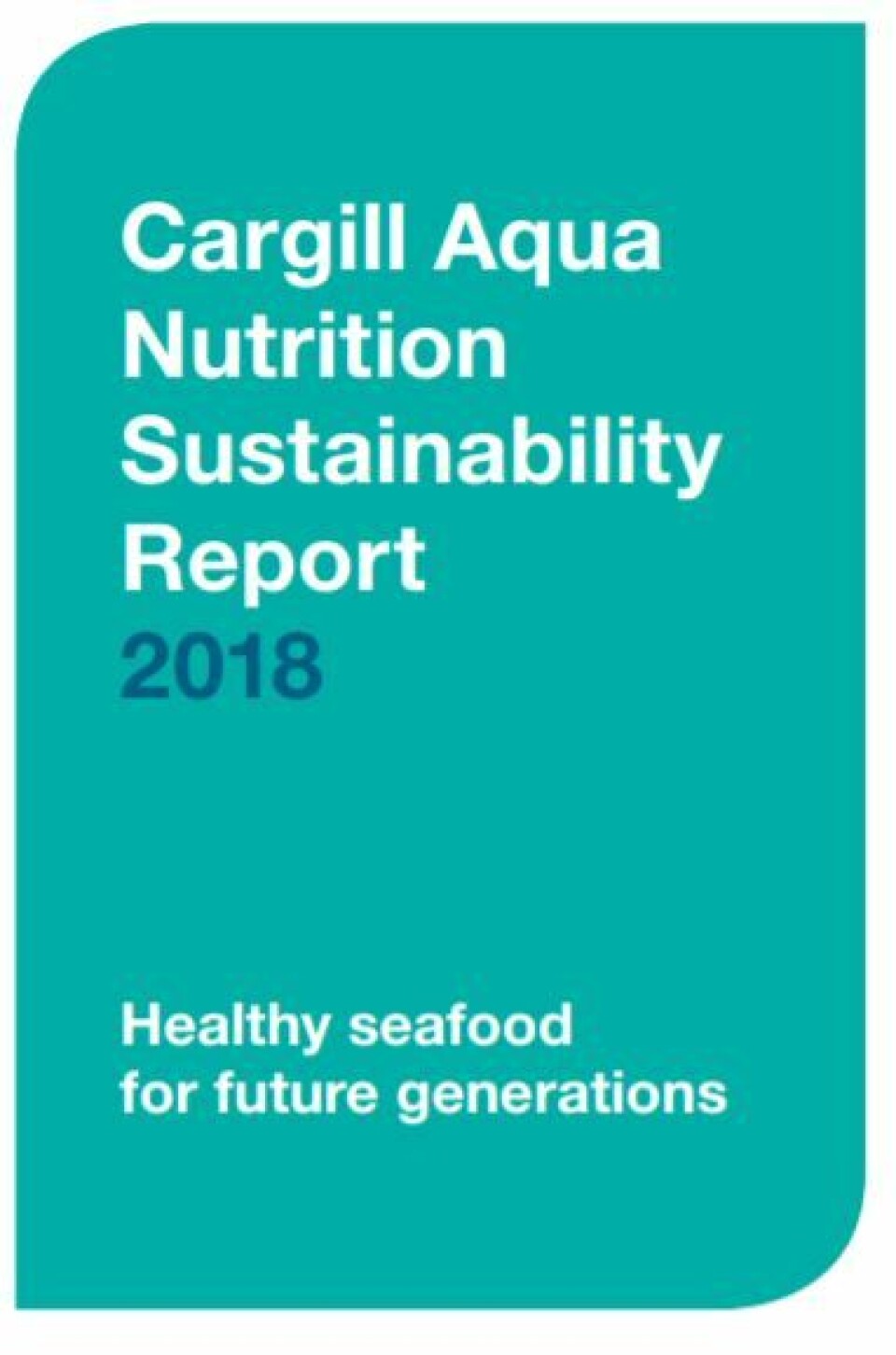
Cargill marine content of feed reduced in 2018
Aquaculture feed manufacturer Cargill reduced the amount of marine ingredients in the salmon feeds it sold in 2018 to 27.6% compared to 30.7% in 2017.
The information is contained in the 10th annual Cargill Aqua Nutrition Sustainability Report, published today.
Cargill Aqua Nutrition president Adriano Marcon said: “Through continued work with suppliers we now source more sustainable marine materials than ever before.

‘Tremendous progress’
“We are making tremendous progress toward our 2025 target of 100% Marine Stewardship Council (MSC)-certified marine ingredients, with 2017-18 showing 43% MSC certified marine ingredients globally and 65% MSC-certified marine ingredients in Norway and Scotland.
“We are applying similar work on terrestrial ingredients and partnering with suppliers on scaling up production of new raw materials coming into our supply chain.”
Marcon also flagged up the company’s functional feed, EWOS Dermic, developed using 15 years of trial results to create a new dietary package that supports skin health and integrity through nutrition.
He said: “The greatest challenge to aquaculture’s global growth is fish health and welfare. Our health feeds help customers meet this challenge. The latest addition, EWOS Dermic, has already made a big impact, enabling fish to recover quickly and get back to healthy growth.”

Repair of skin damage
According to the report, the feed has already been used by most of Cargill’s customers in Norway and Scotland since its launch last year.
“Customers are seeing rapid repair of skin damage and fewer downgraded fish at harvest. Trials indicate that the fish recover their appetites faster after handling, returning to their healthy growth patterns,” claimed Cargill in the report.
Cargill sold 990,975 tonnes of salmonid feed in 2018 out of a total of 1.87 million tonnes of aquafeed.
Fishery waste
Trimmings and fishery waste provided 32.3% of the marine meal and oil the company used across its salmon feeds in 2018, similar to 2017, while 89.6% of the total marine ingredients sourced last year came from IFFO RS certified factories. “Our goal was 100%, but in 2018 we also used some materials from improvers’ programs to IFFO RS,” said Cargill.
In 2018, Cargill’s operations in Norway and Scotland were fully supplied with soy ingredients from ProTerra-certified suppliers: soy grown on farms in Brazil which underwent land conversion before 2004.

‘Poor consumer perception’
Cargill used 31.8% by-products in salmon feed, although their use was limited by “poor consumer perception” in Europe.
“Production of food creates many by-products which are full of nutrients but may get lost from the food chain. Recapturing these is a core part of Sustainable Development Goal 12.3,” wrote Minneapolis-based Cargill.
“In 2018, 31.8% of the materials used in our salmon feeds globally were from by-products such as these. Focus has been on trimmings from fish for direct human consumption and plant by-products. In Chile and Canada, the well-controlled use of animal by-products utilises more by-products than poor consumer perception enables in Europe.”
eFCR change
The average economic feed conversion ratio (eFCR) for salmon was 1.33, up from 1.23 in 2017, based on results from selected customers over the year.
Sales of anti-parasitc feeds decreased from 1.7% in 2017 to 1.1% in 2018, mainly driven by the switch to physical treatments for sea lice removal.
Just 2.2% of total salmon feeds sold by Cargill in 2018 contained antibiotics, down from 6.4% in 2017. All such feeds were made only on receipt of veterinary prescriptions. Norway was free from antibiotics again and Scotland almost free, reflecting the success of integrated health management, including health feeds.
Chile, which faces more bacterial diseases for salmon, showed a drop of antibiotic sales of almost one third, reflecting better fish health.
Download the Cargill report here.























































